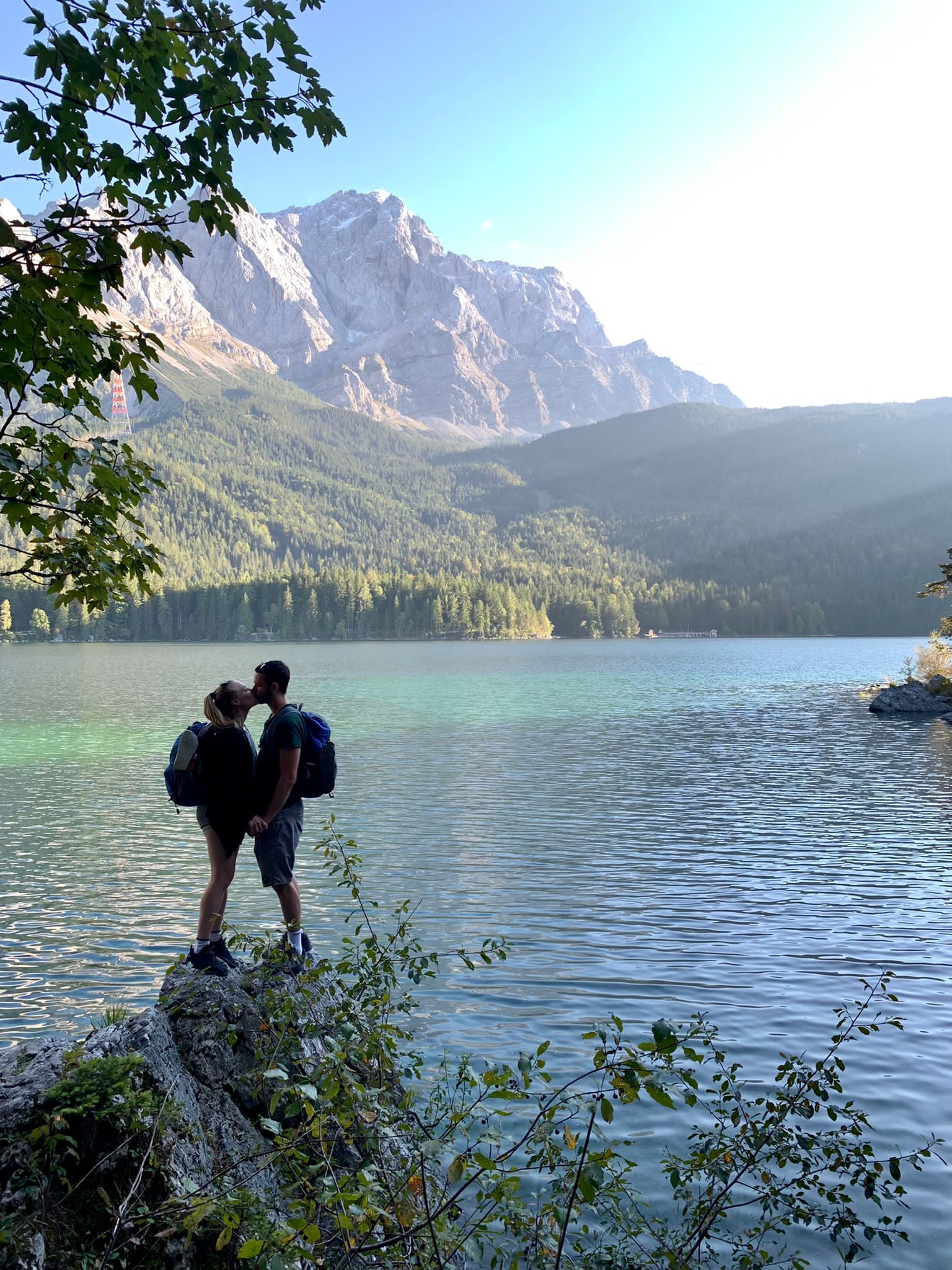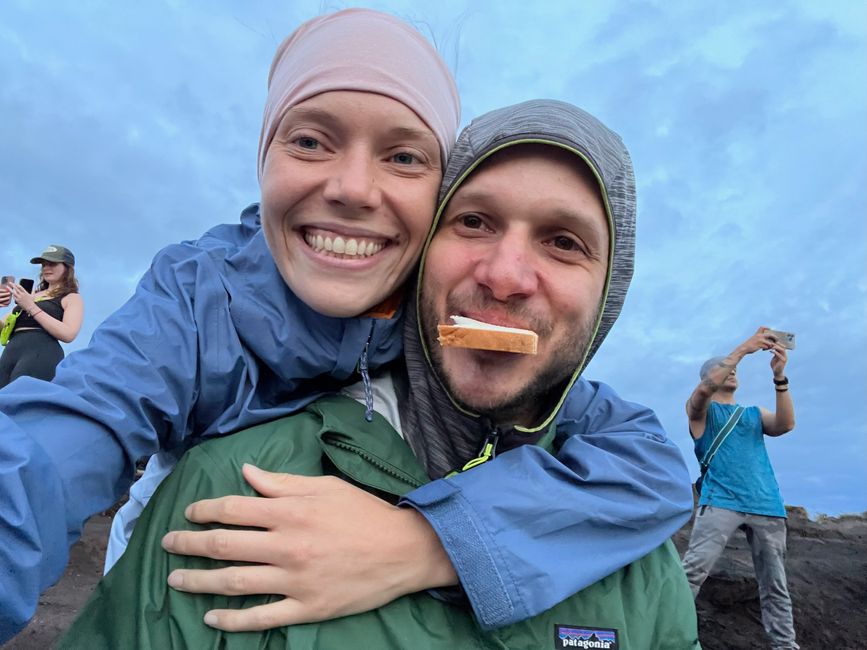
janas-und-philips-weltreise
vakantio.de/janas-und-philips-weltreise
Wildlife Friends Foundation Thailand
Naipablaak: 14.02.2023
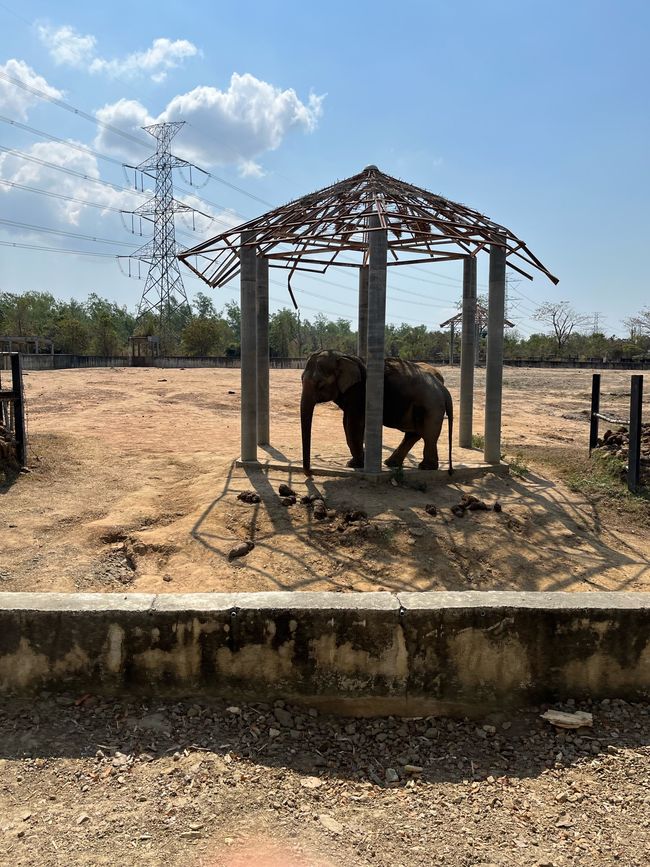
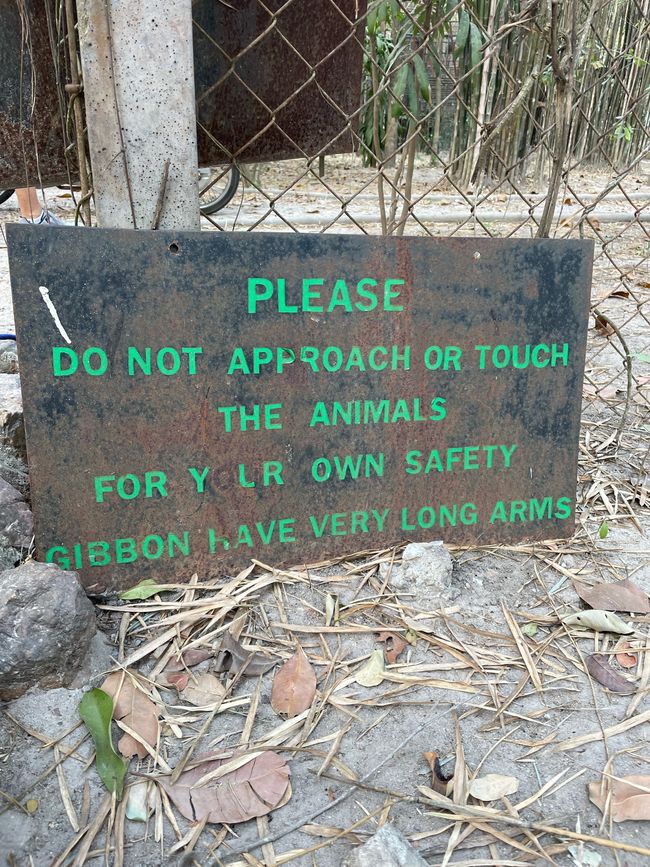
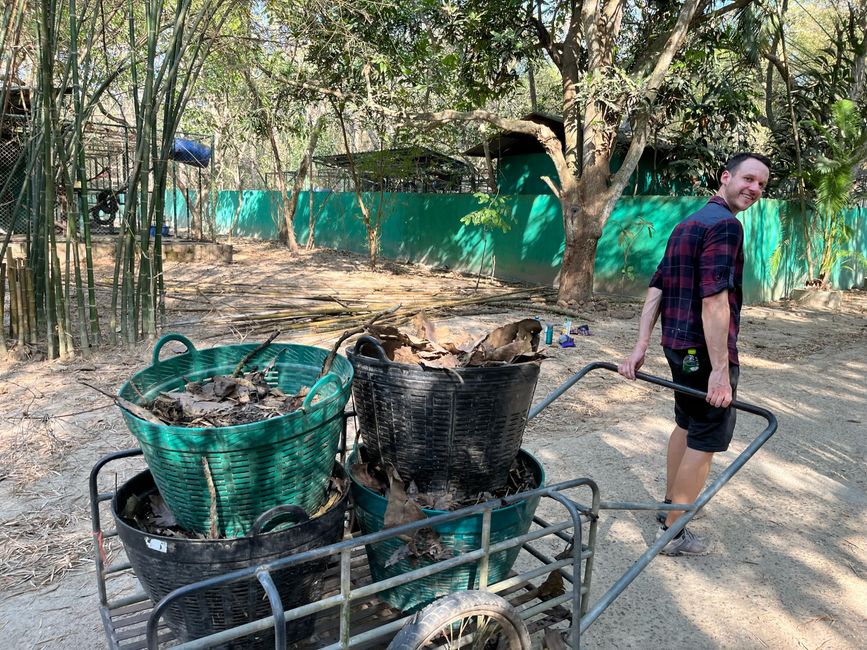
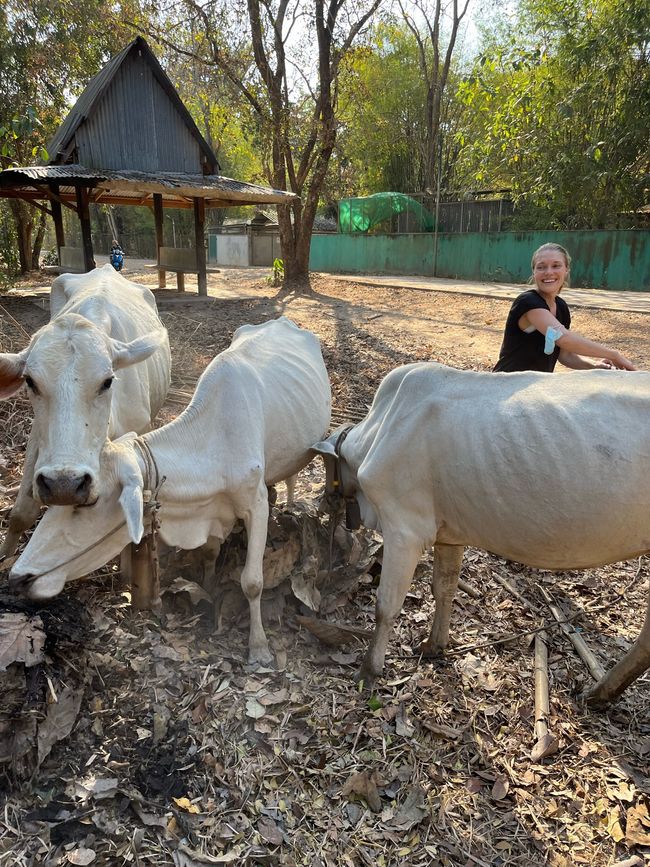
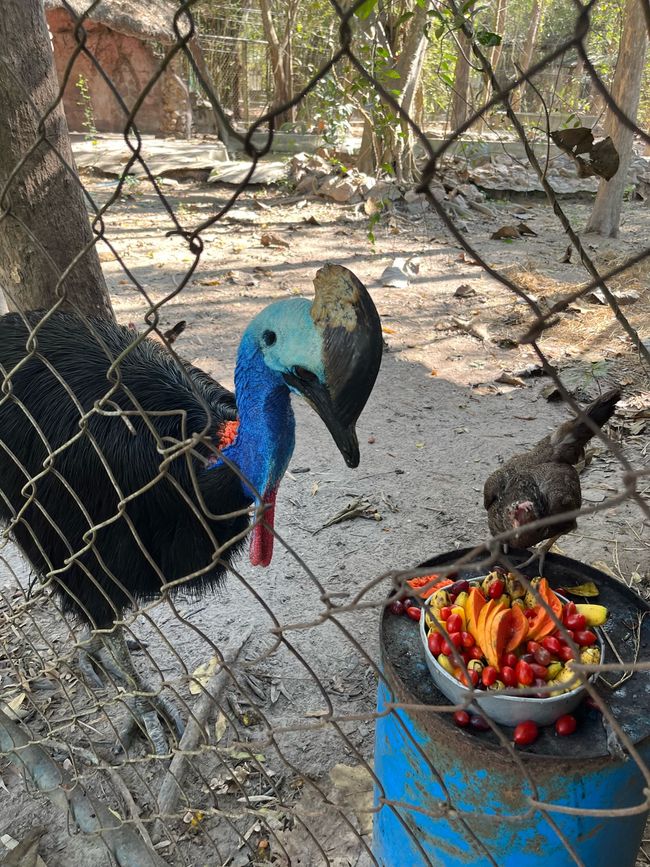
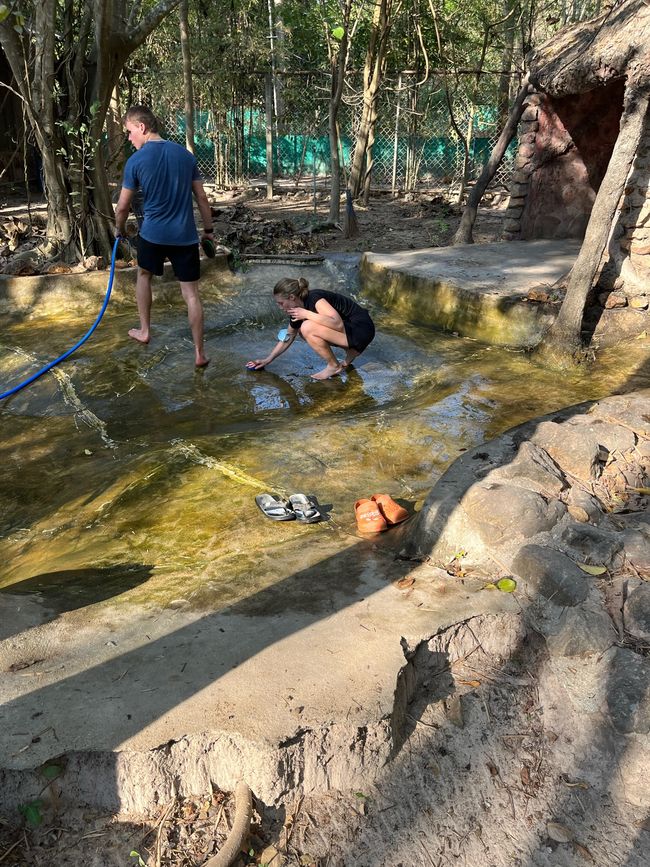
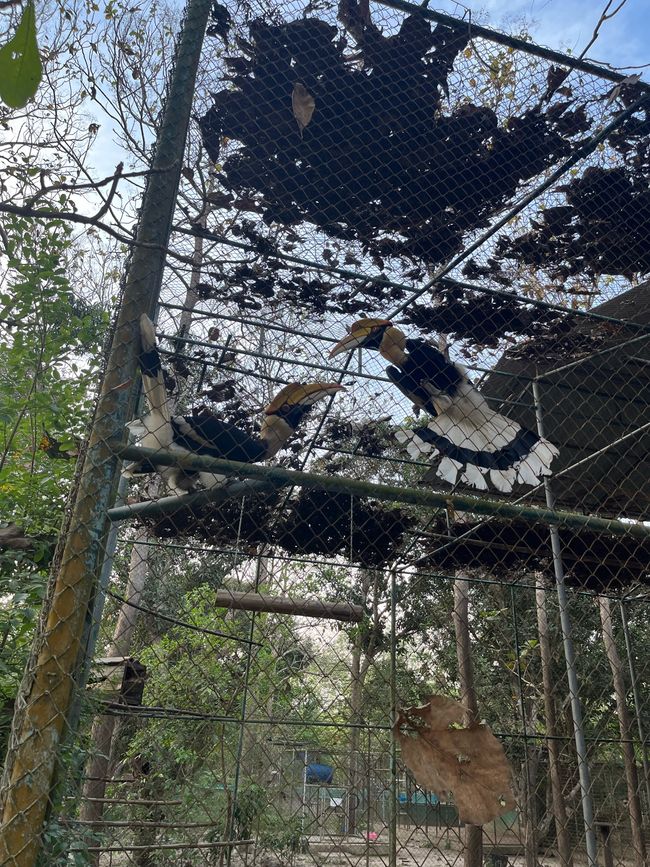
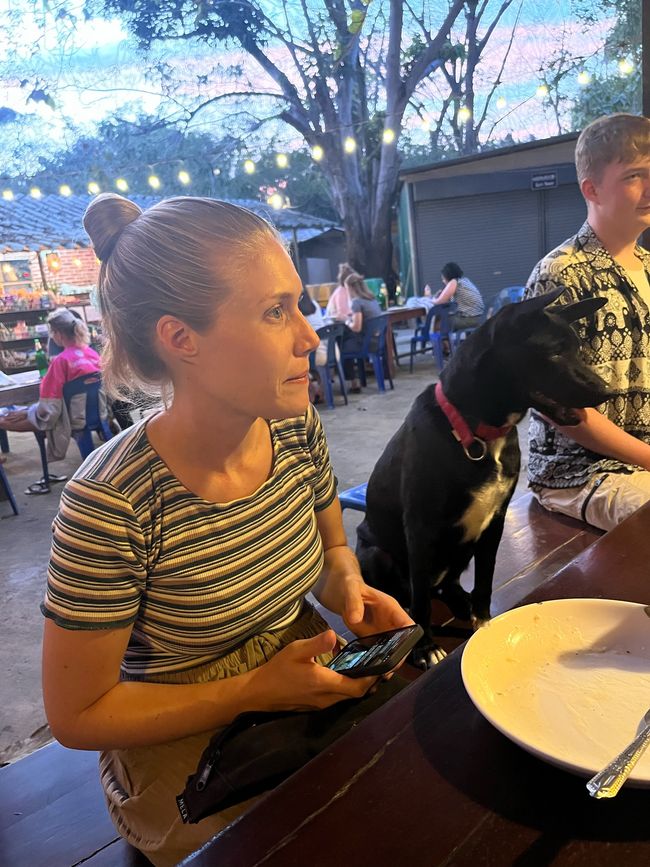
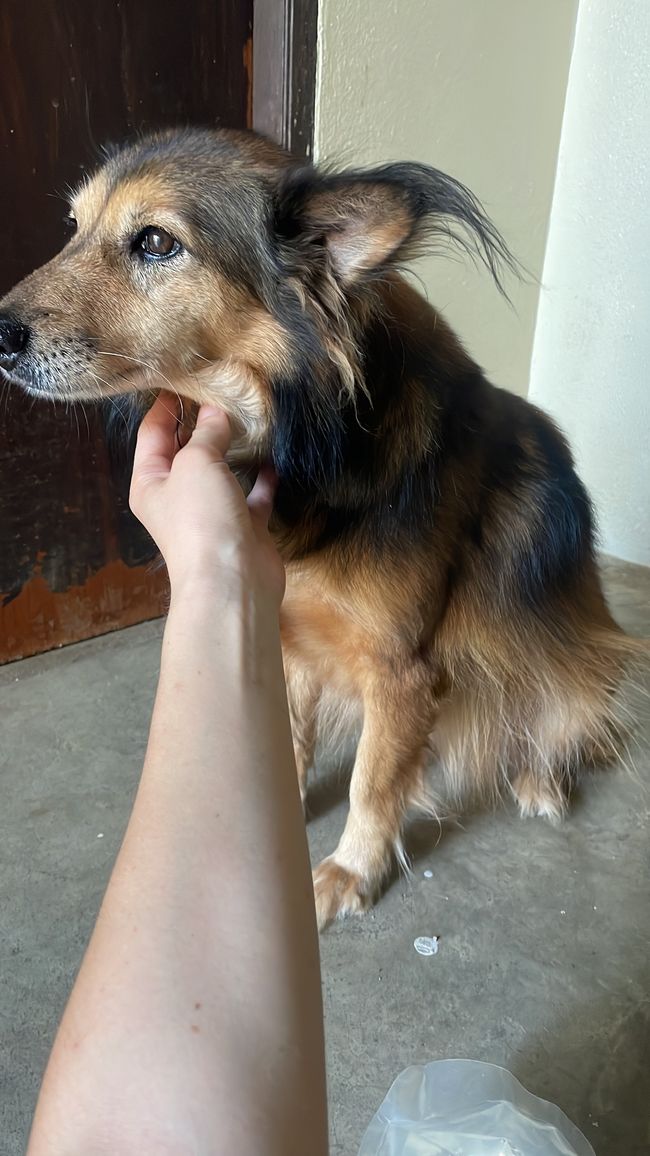
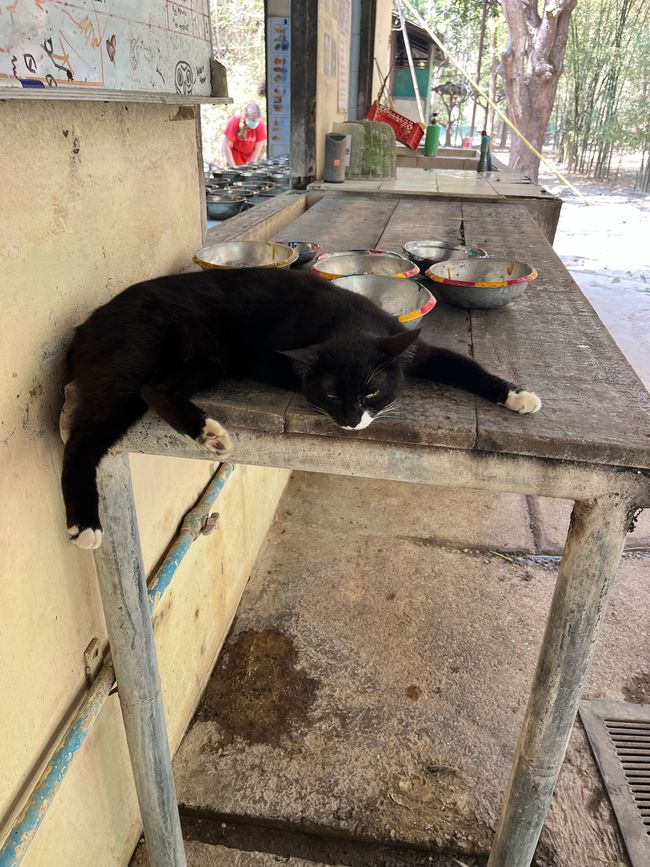
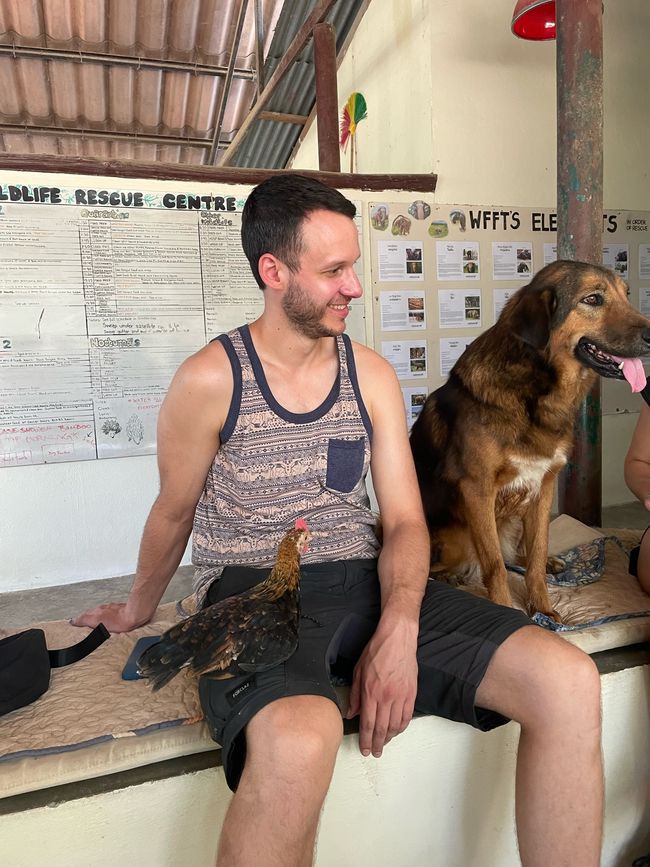
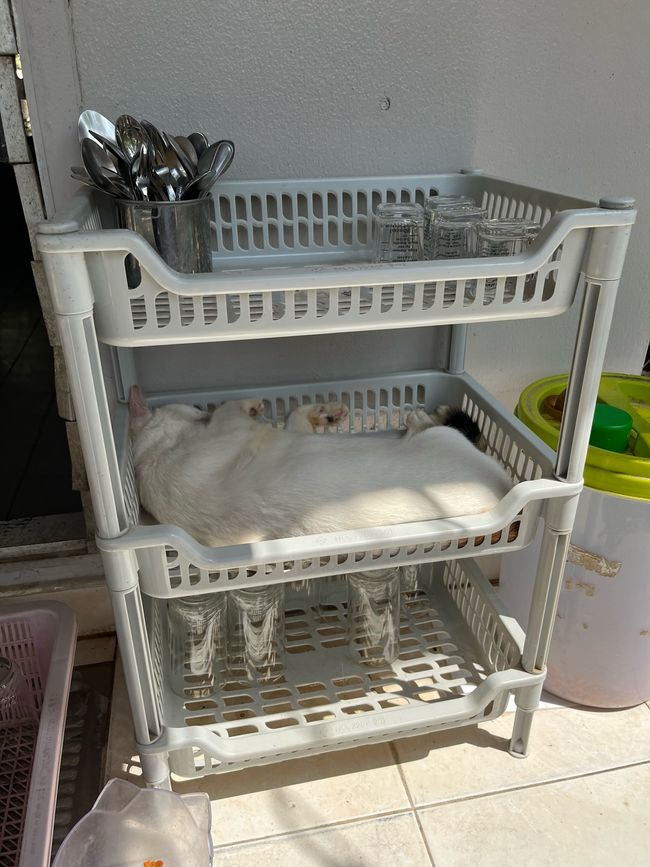
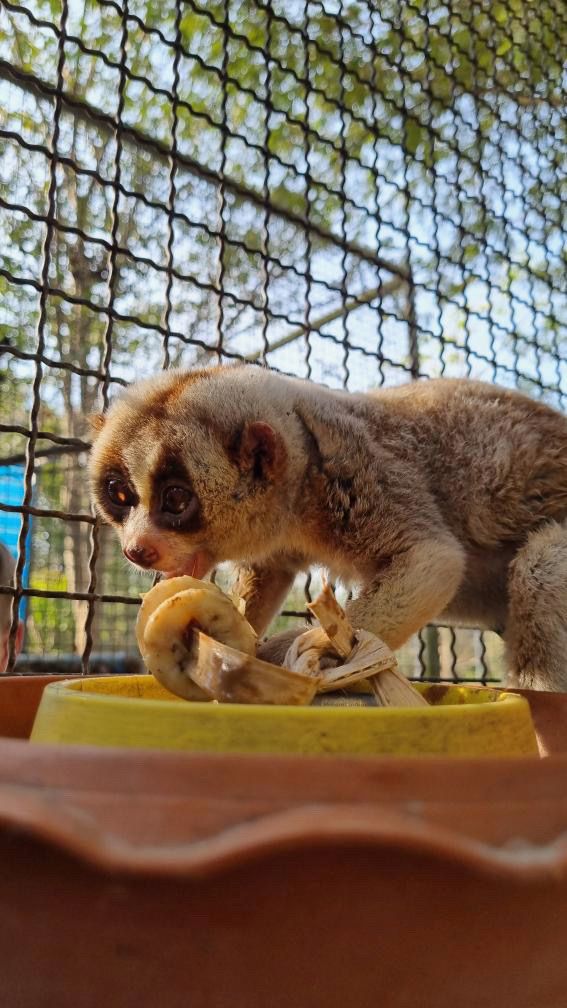
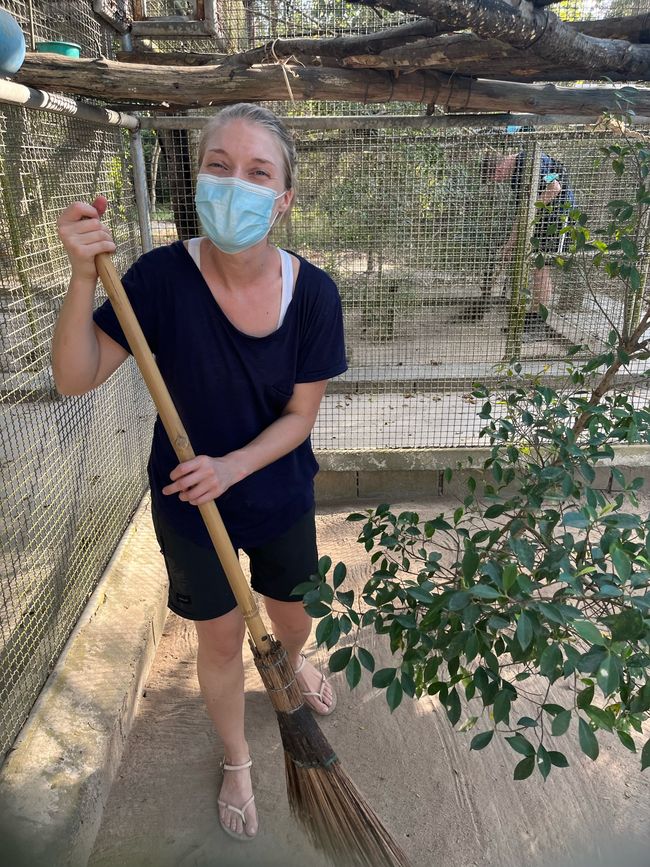
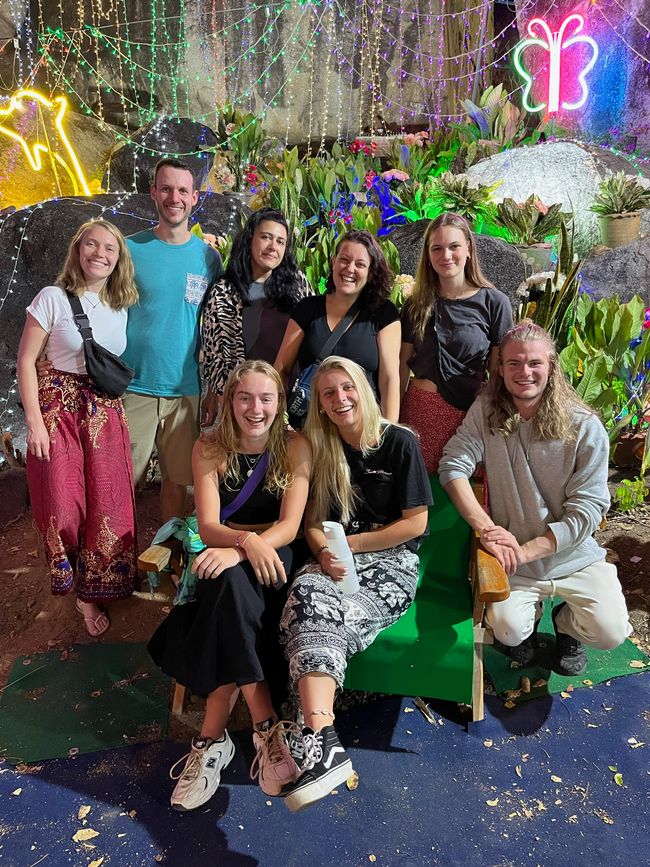
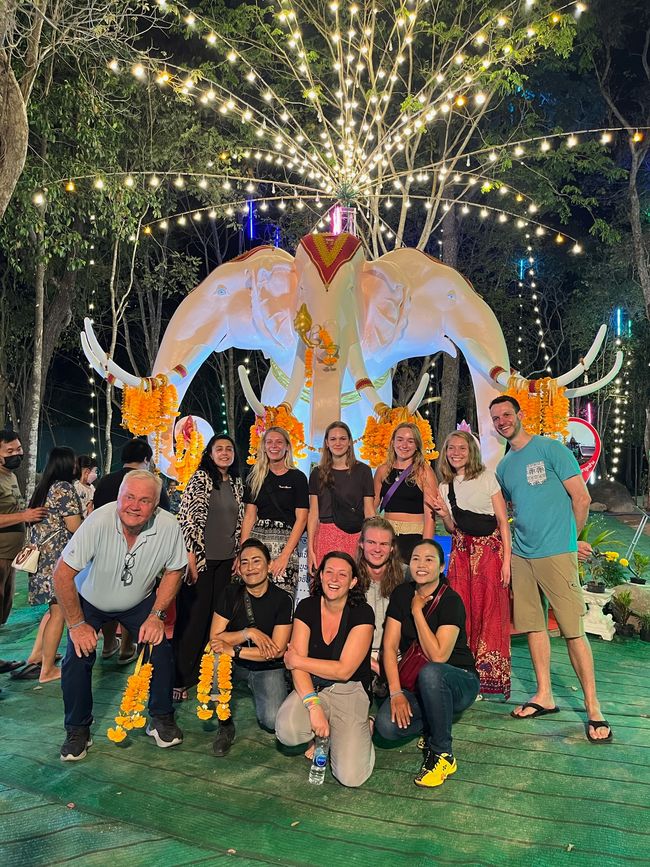
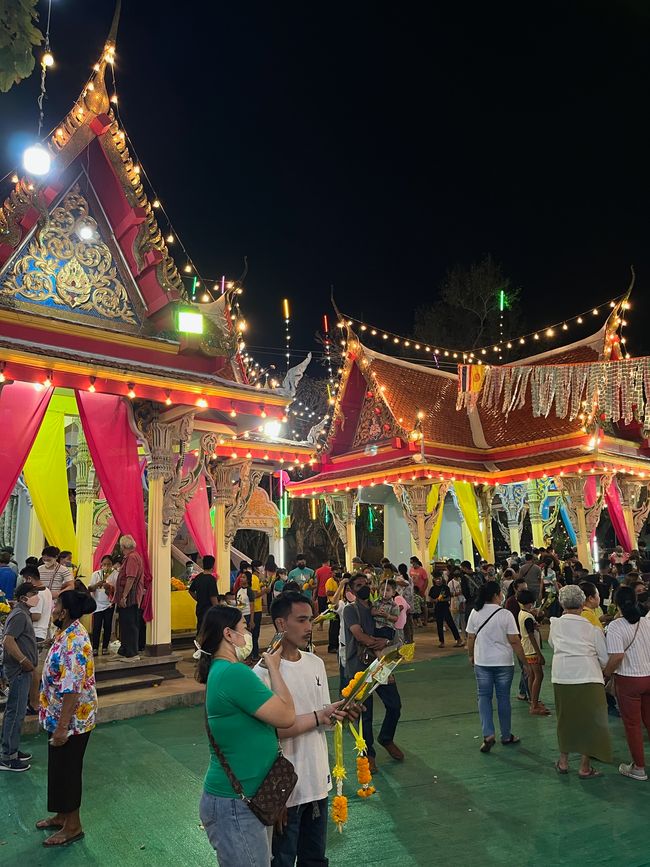
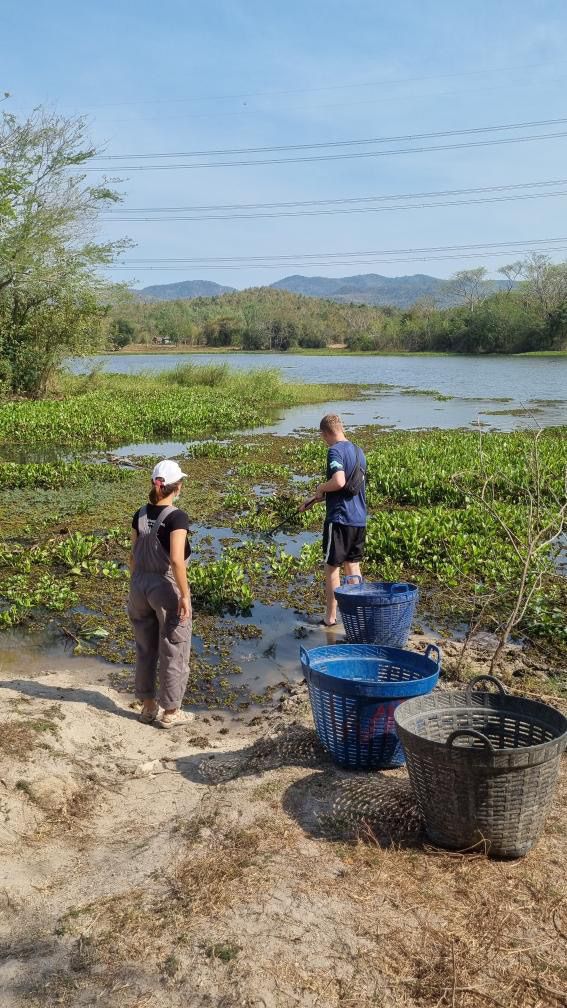
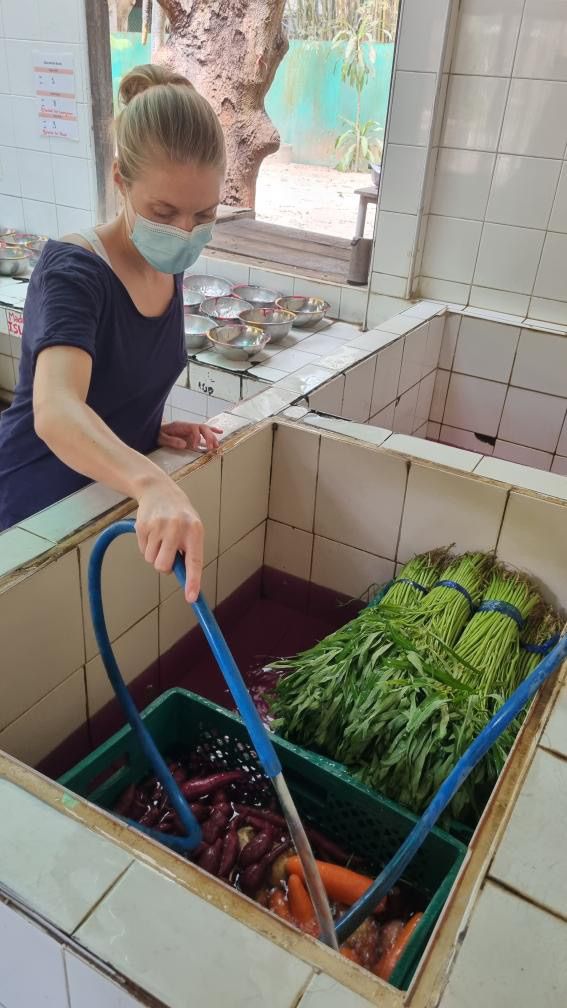
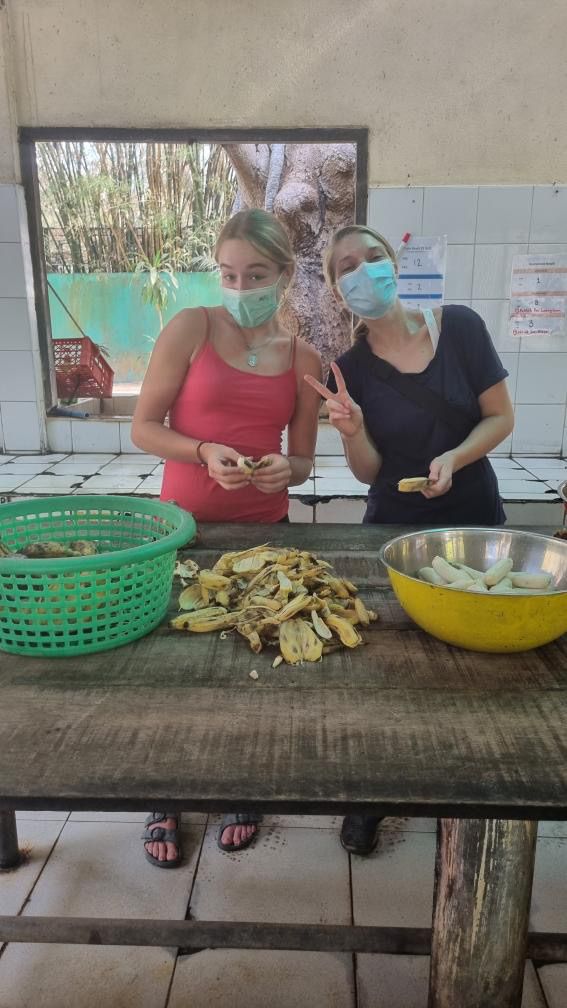
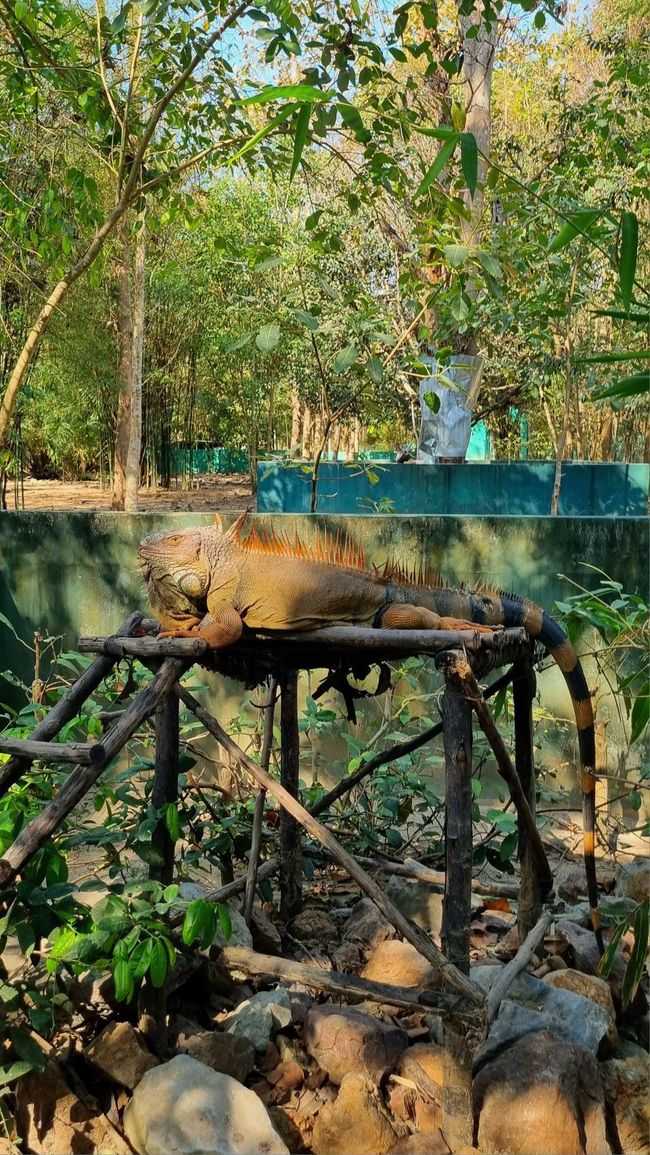
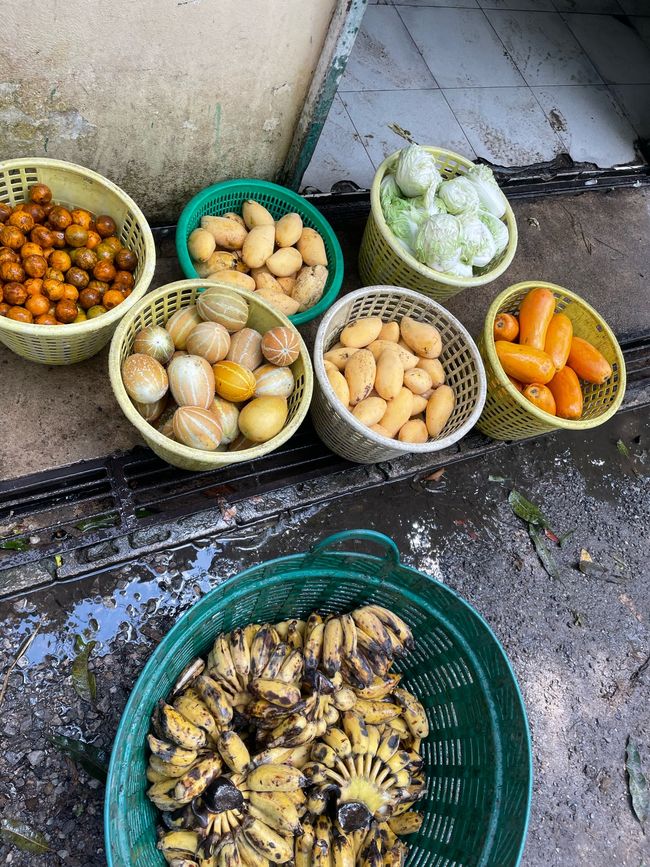
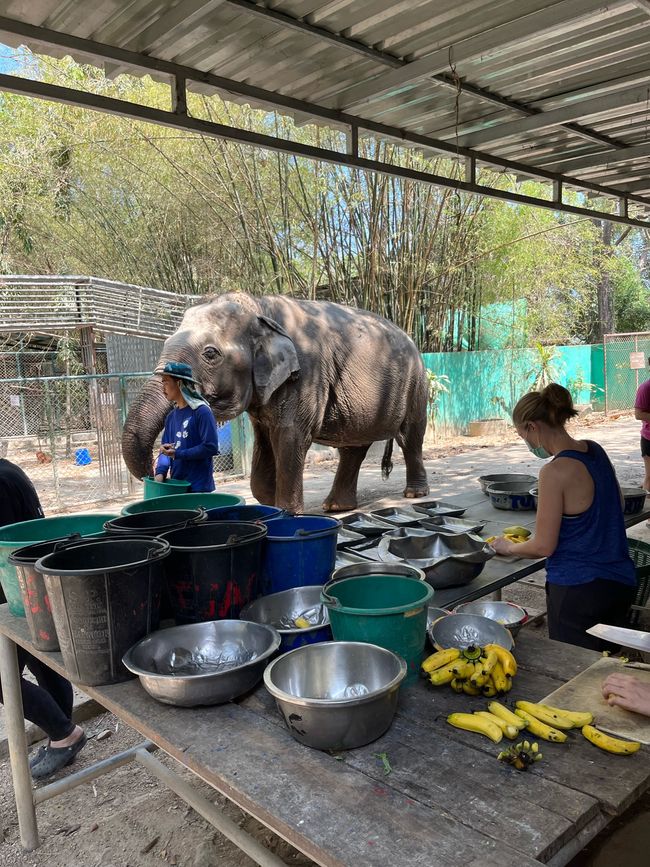
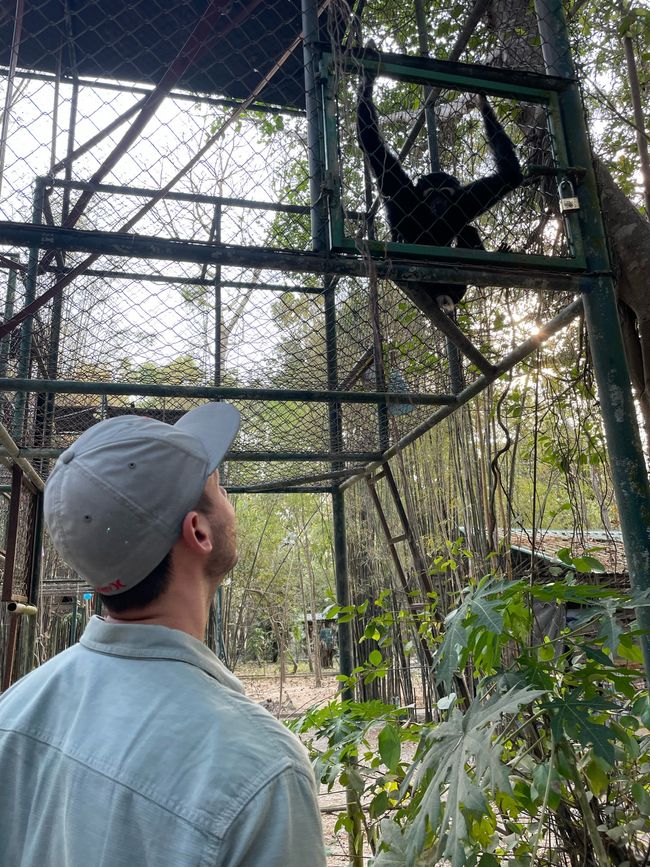
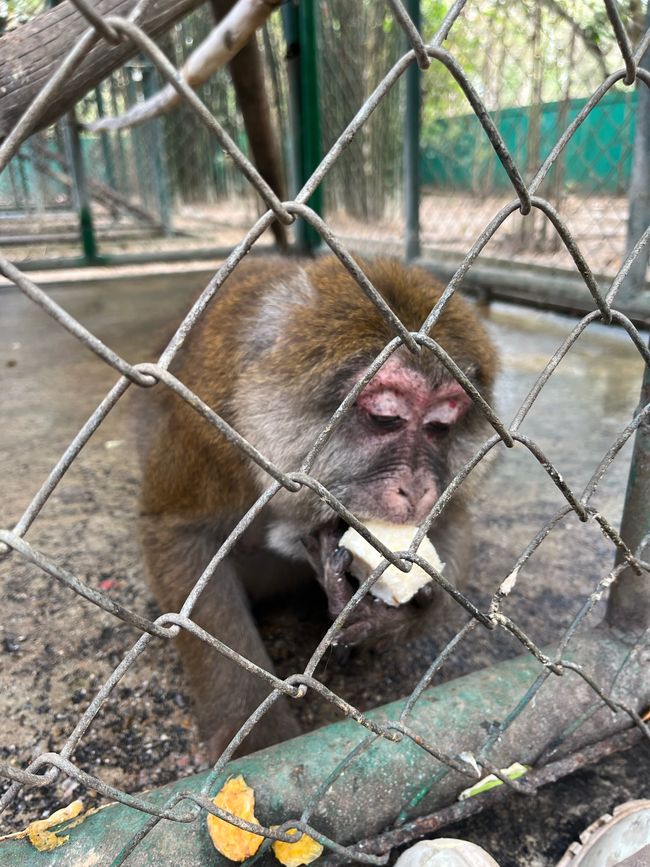
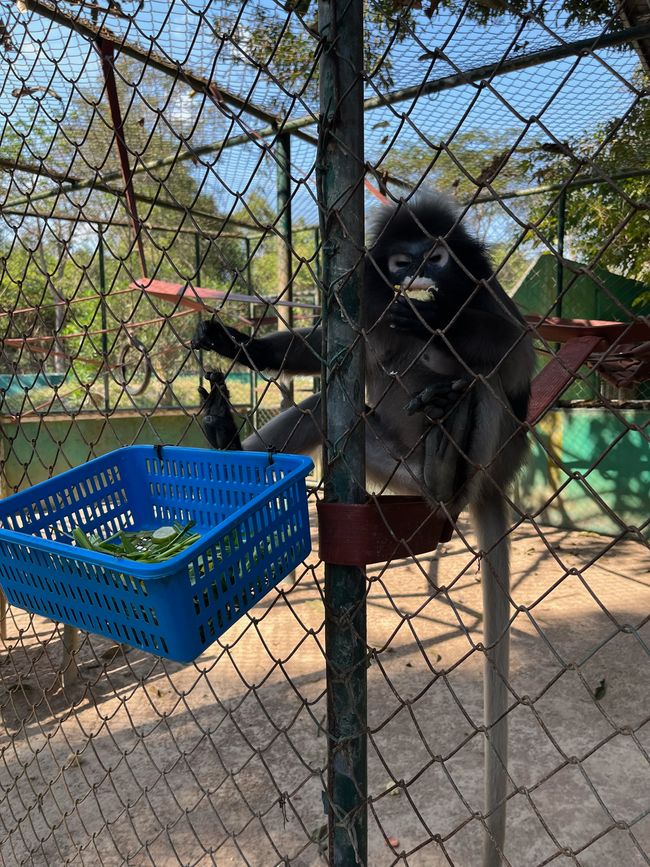
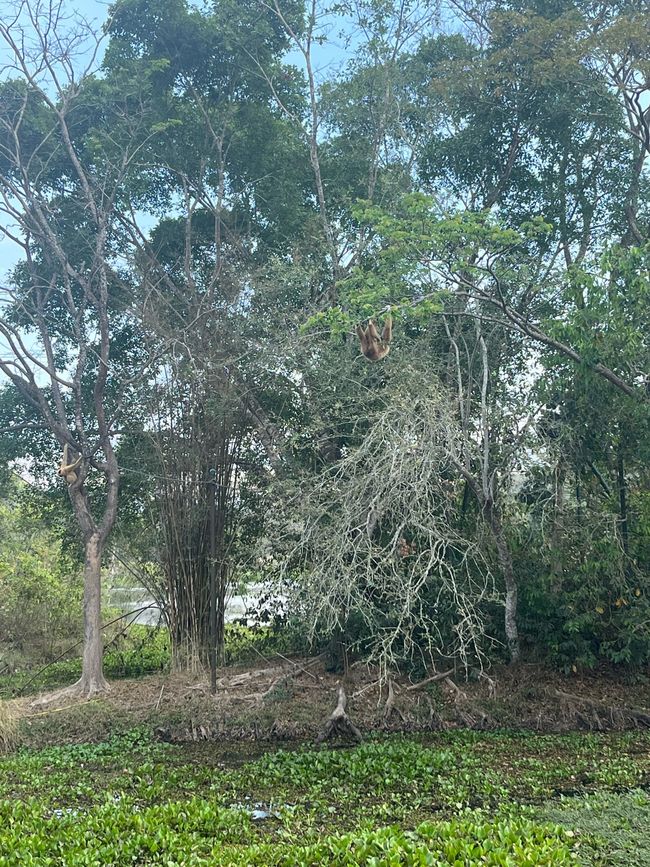
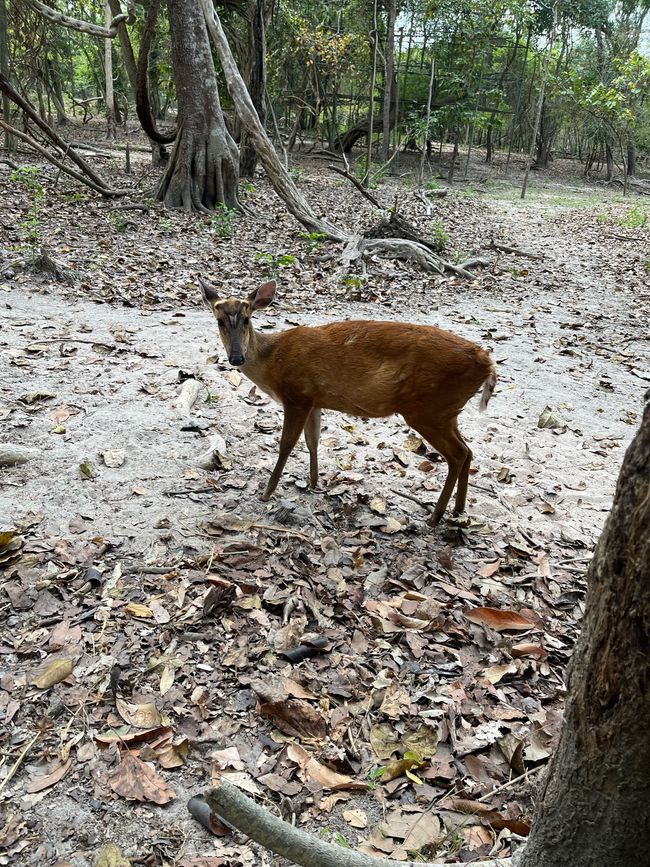
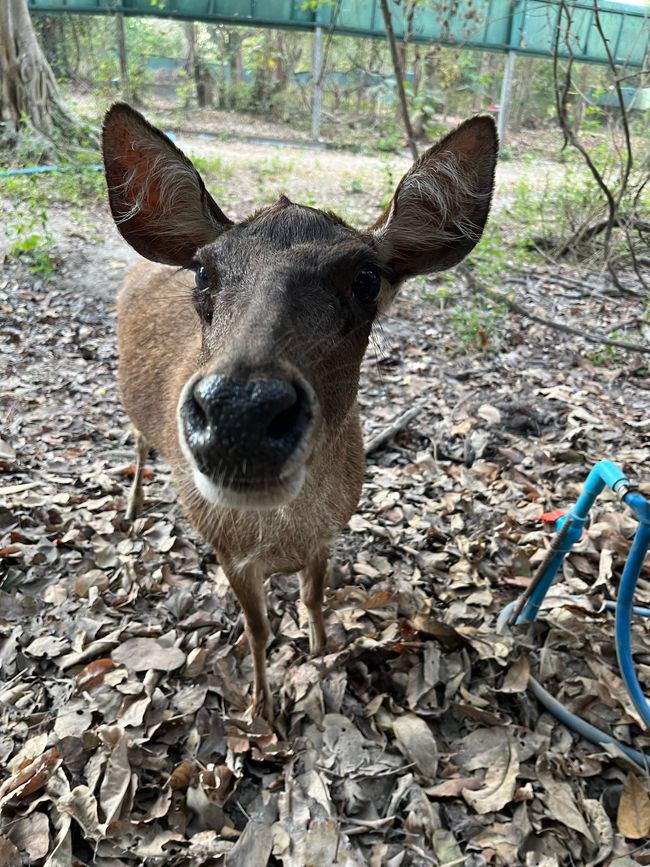
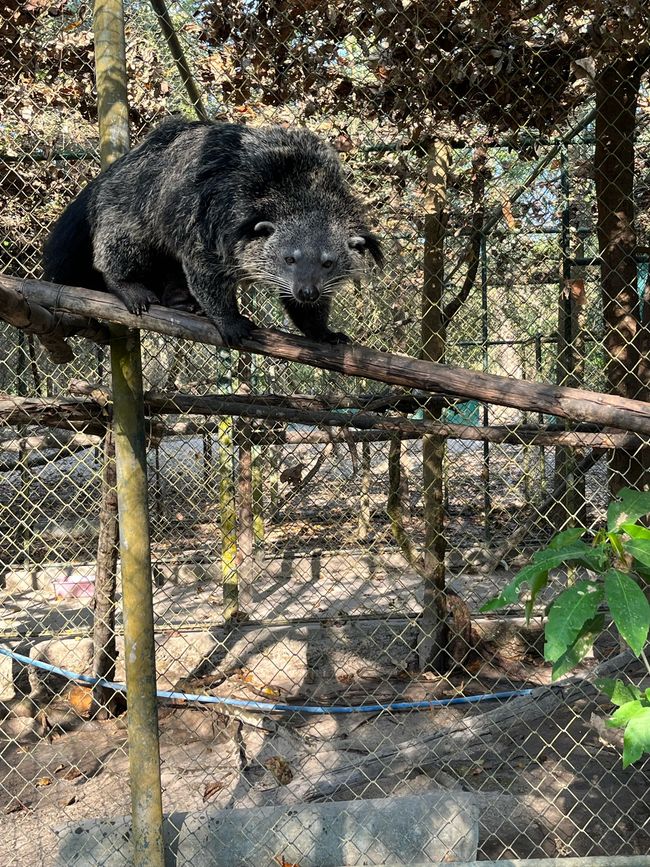
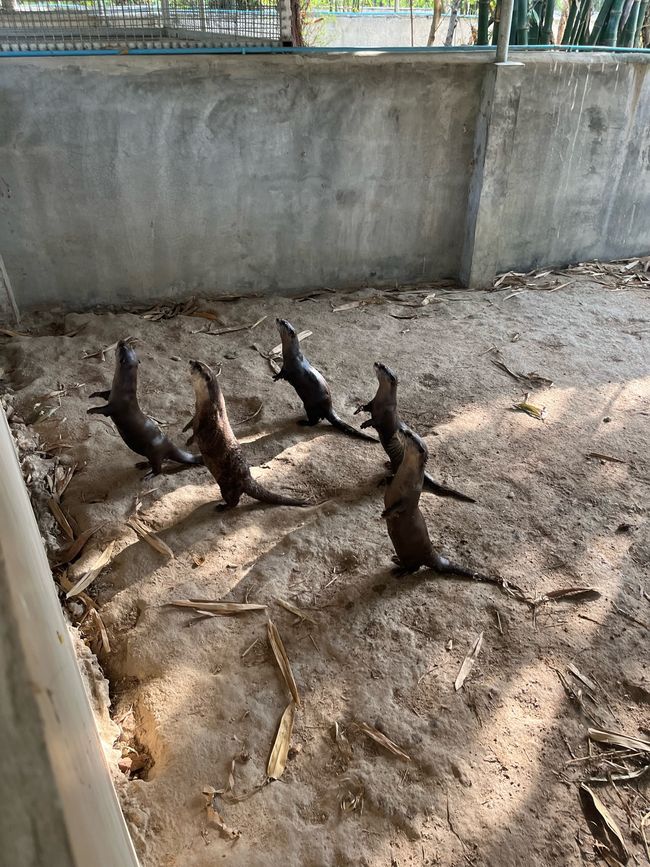
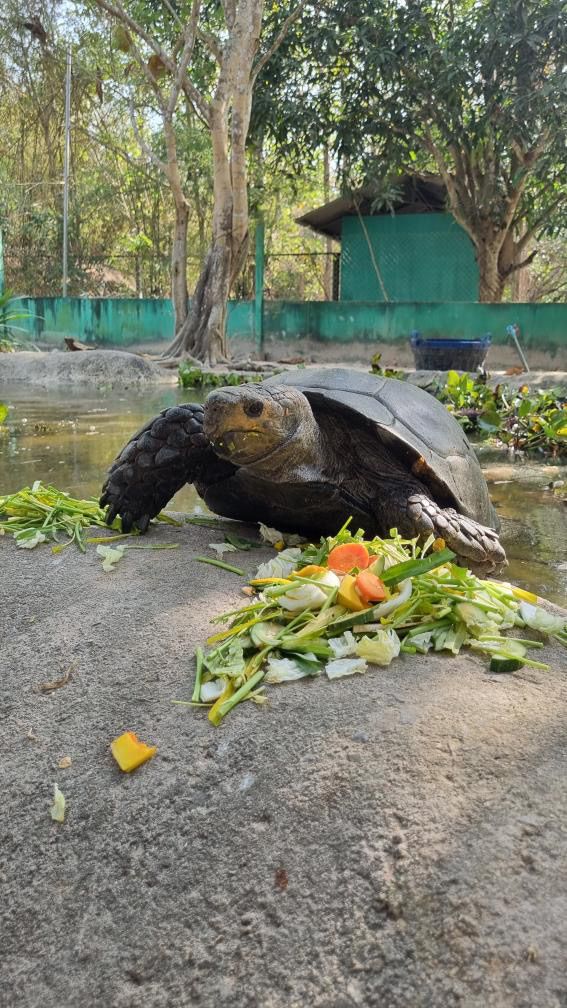
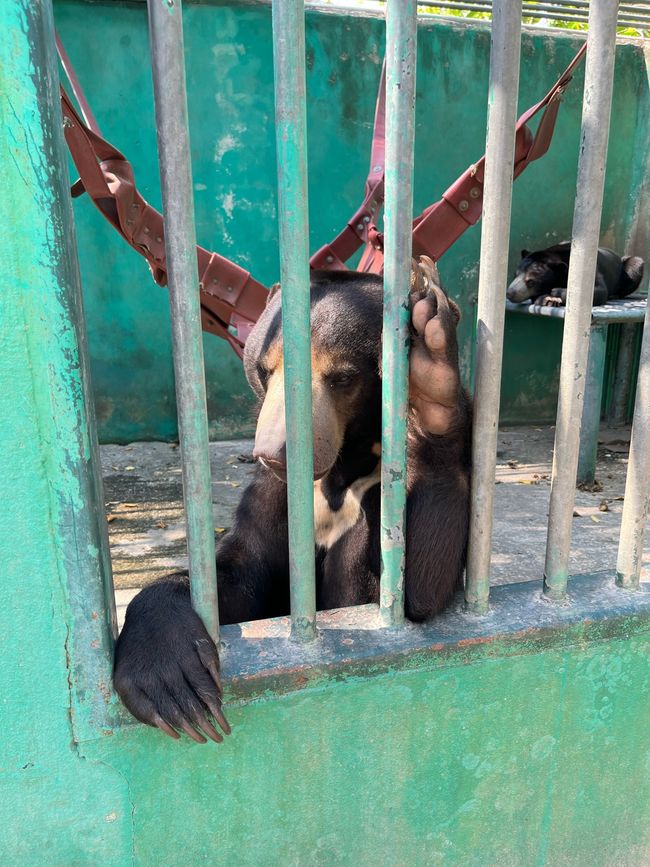
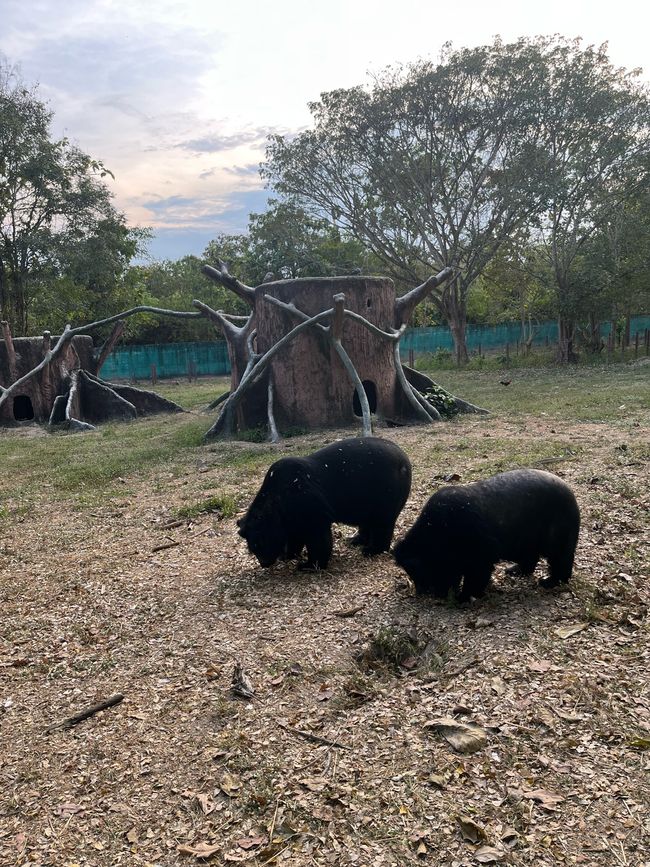
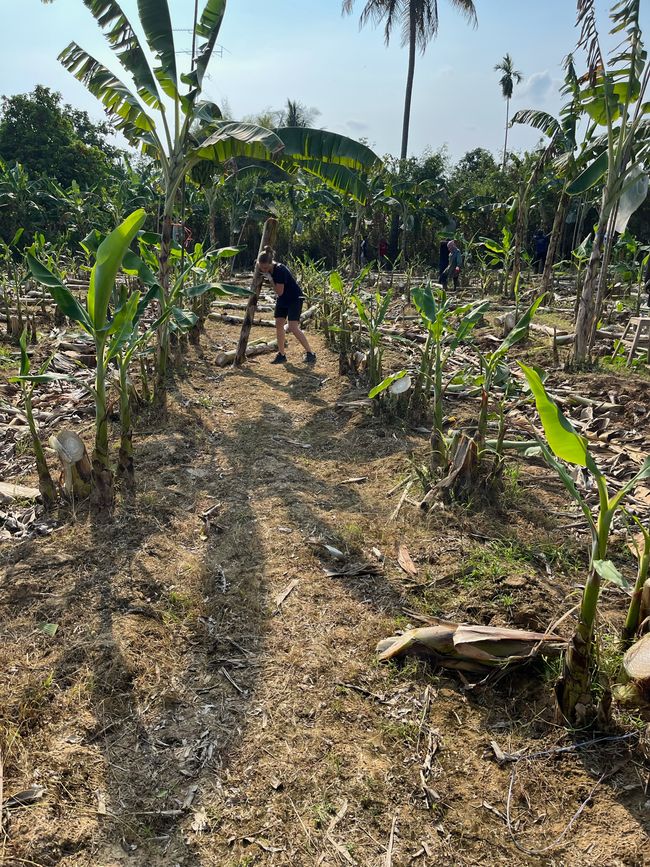
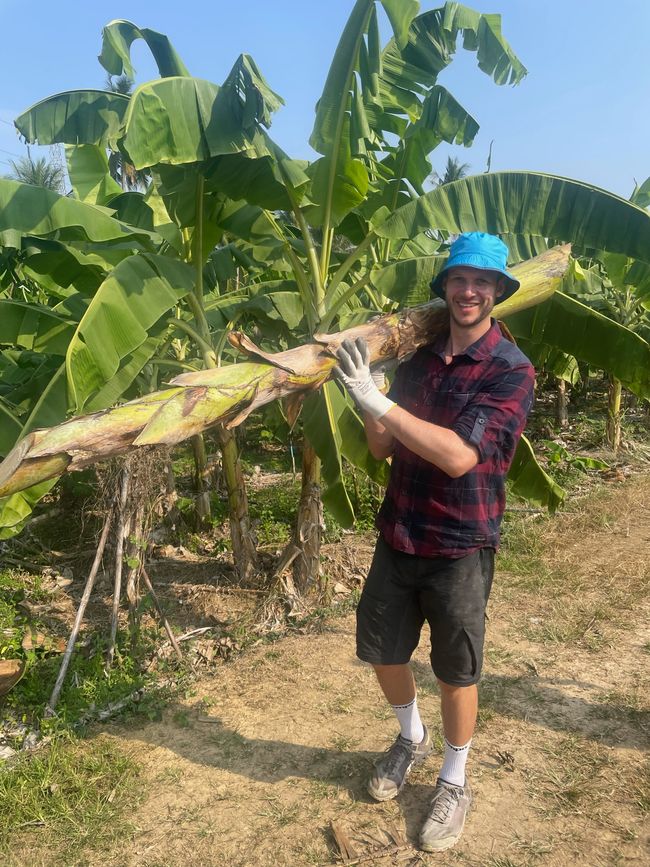
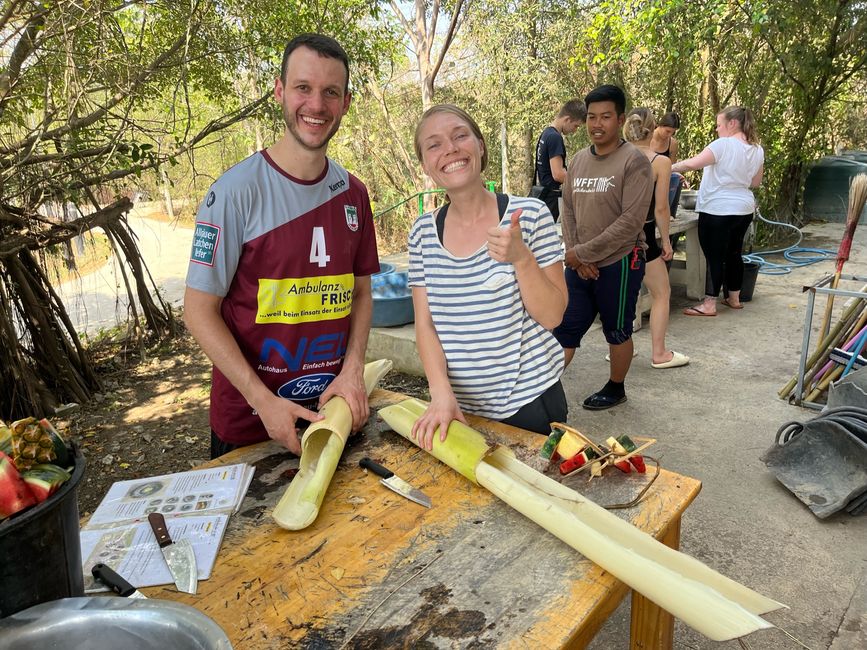
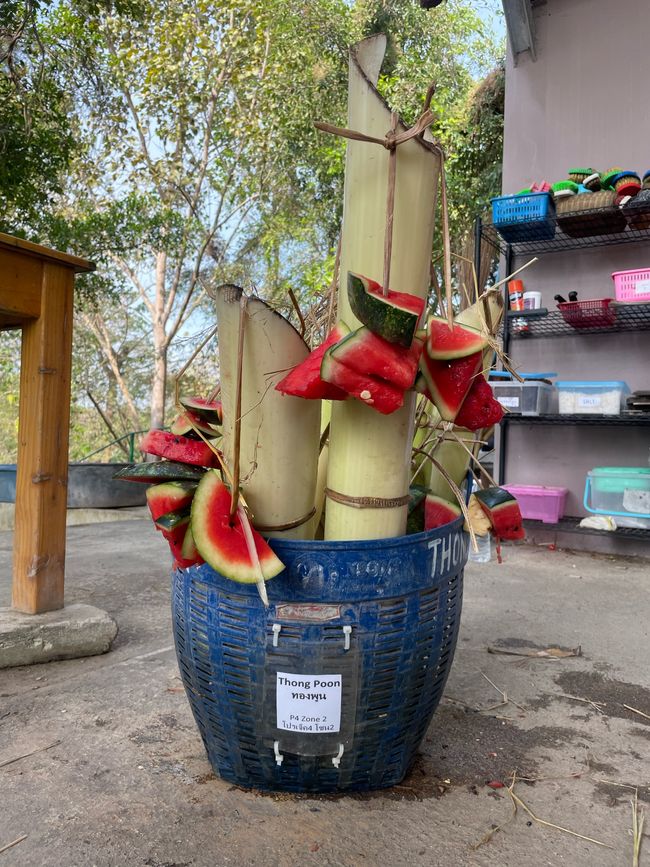
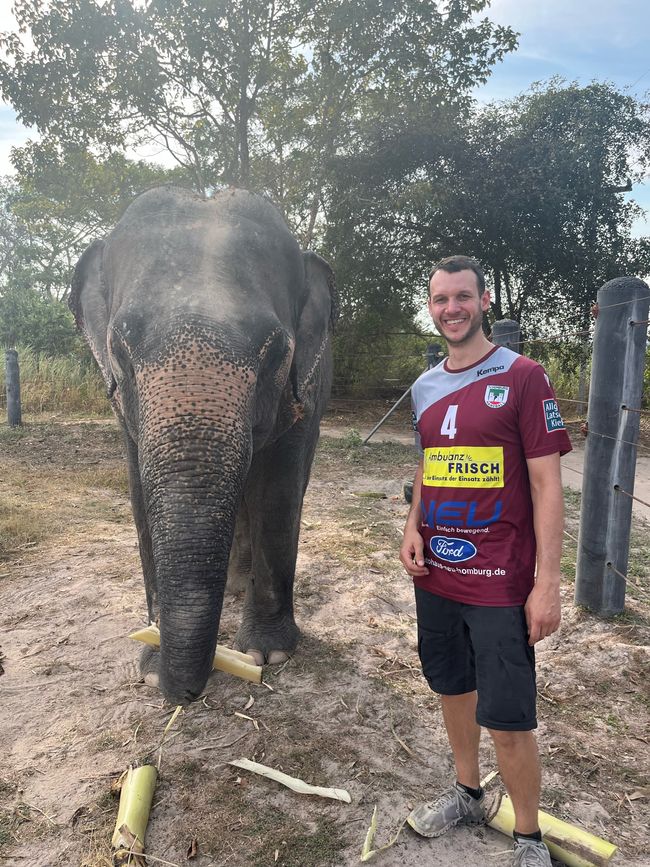
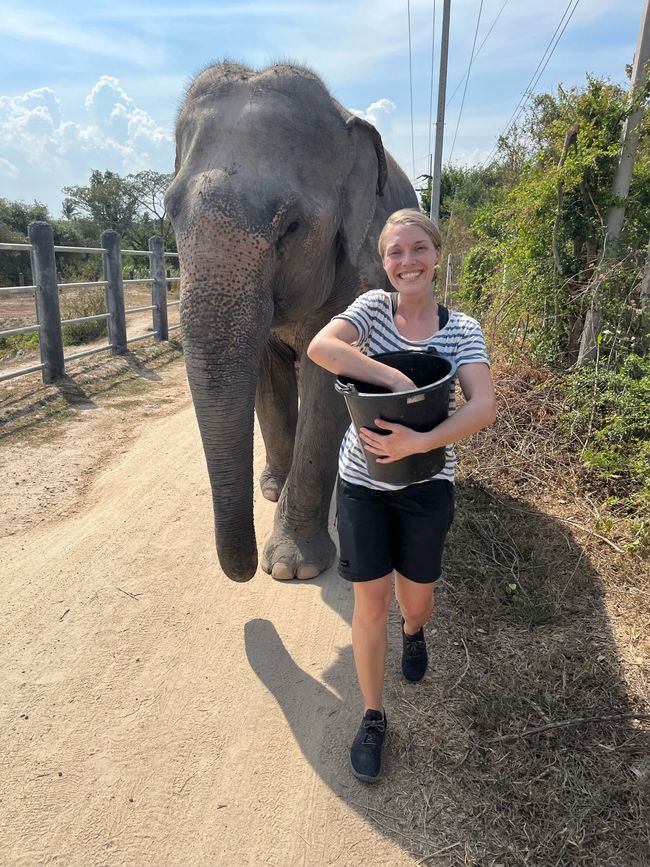
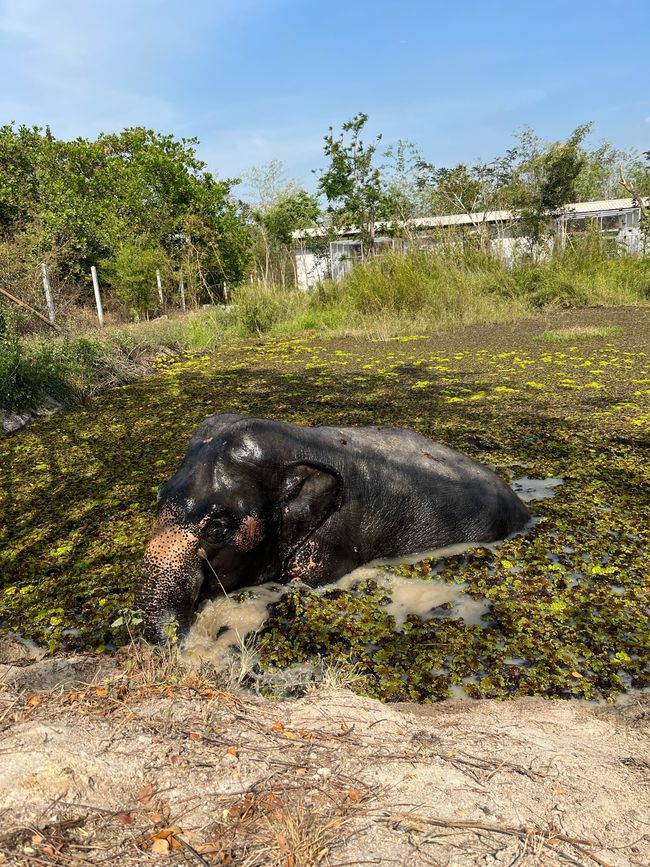
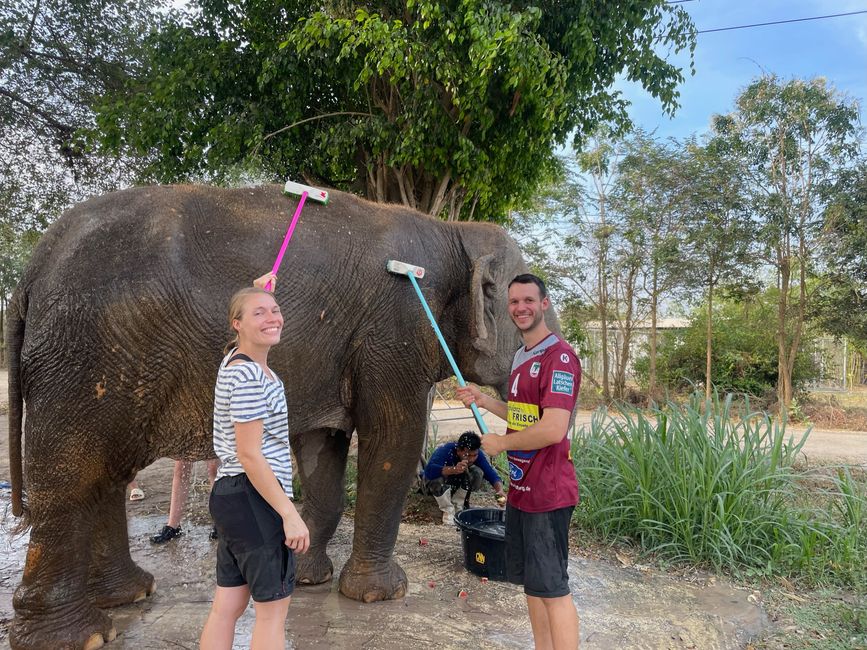
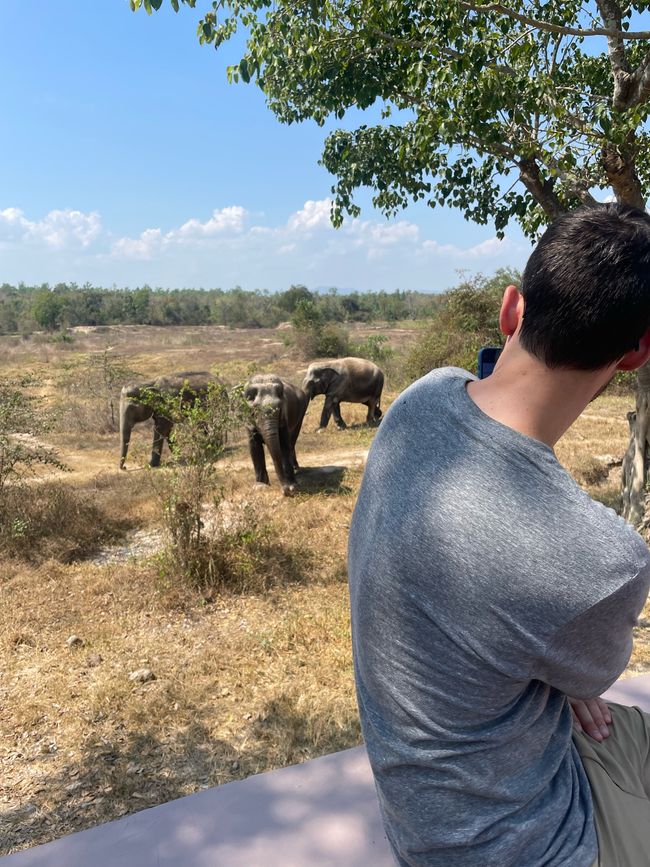
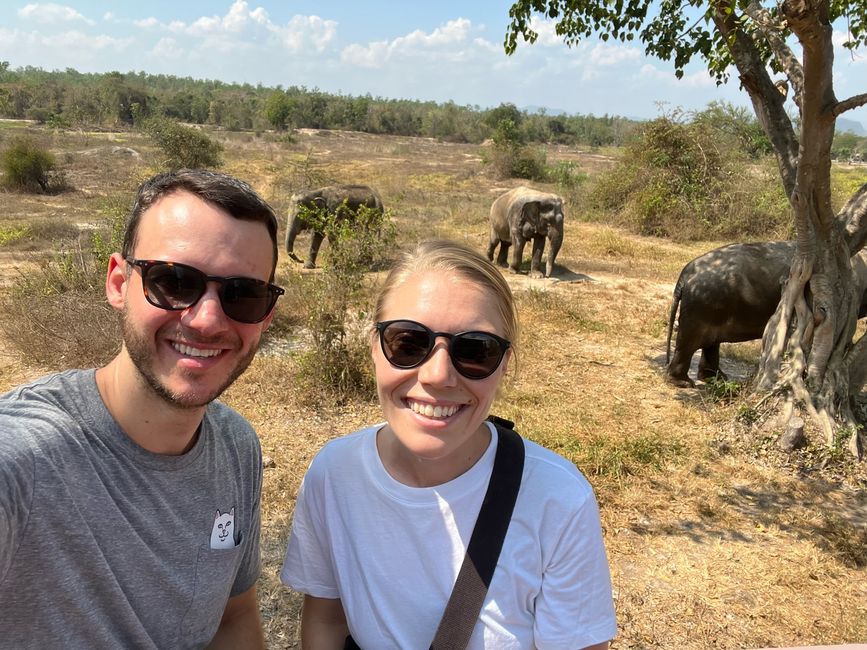
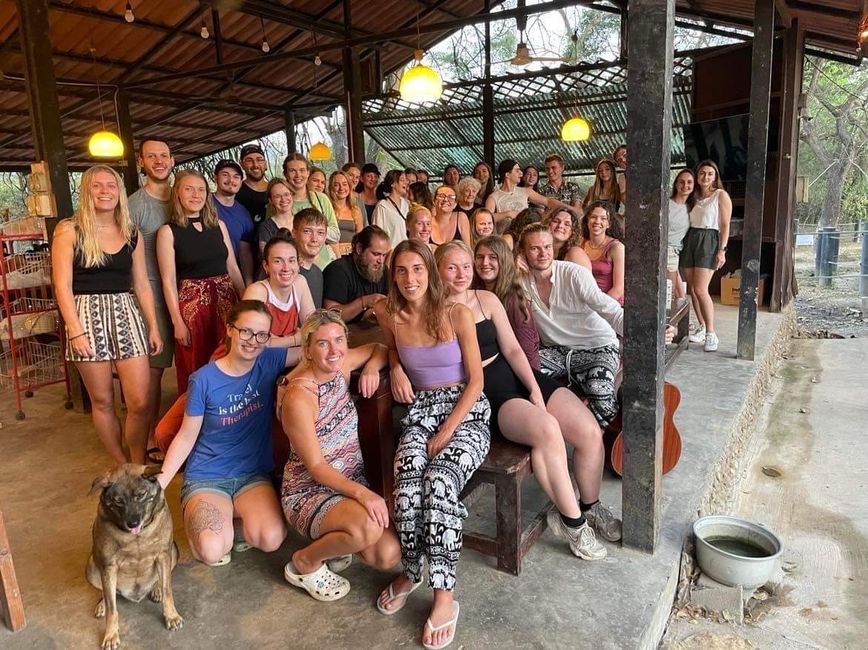
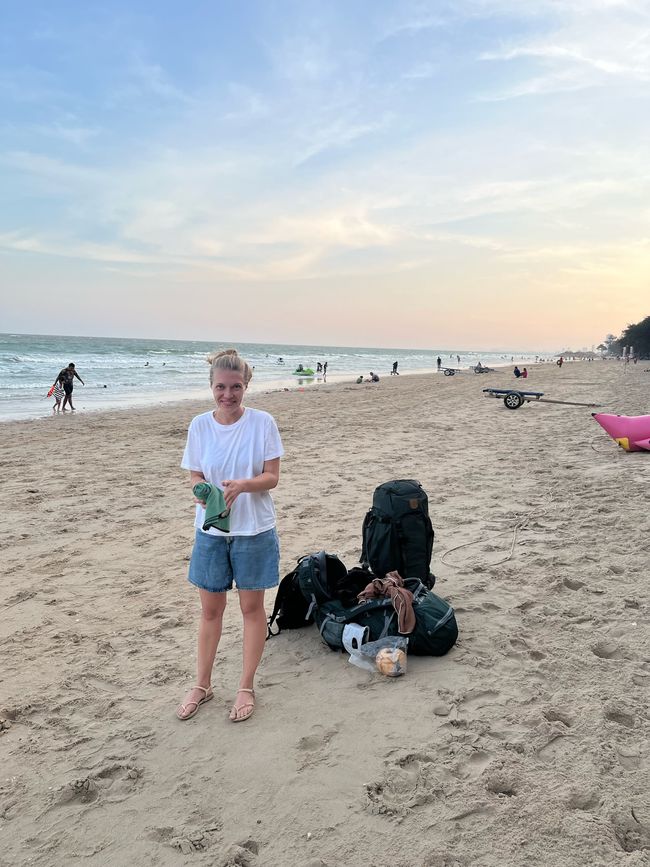
Agsubscribe iti Newsletter
After a quite long journey we arrived at the WFFT (Wildlife Friends Foundation Thailand). Here we did a week of volunteering in the field of "Wildlife", that means everything except elephants (you can also do volunteering here, but then you are only assigned to the elephants). We slept and ate together with over 700 animals, which live well distributed on the huge site. The organization was founded in 2001 by Edwin Wiek and has been growing every year since then. The goal is to provide animals with a loving, caring home and, if possible, to reintegrate them into the wild, although this unfortunately only succeeds with very few animals. Often the animals come to the WFFT from cruel circumstances, for example many of the elephants used to work in the tourism industry as photo models or for riding entertainment. Or for example the tigers were rescued together with bears from adverse conditions in a "zoo" in Phuket, which was closed during the corona pandemic. Some animals are also given up by their owners because they can no longer cope with them, for example some of the monkeys who, as soon as they are fully grown, do not want to be cuddly toys. Other animals are found injured, treated and then partially released back into the wild. At the beginning we had a tour and guided tour of the really huge site and we were told some of the background stories. At the end we were shown a film, which showed the animals in their previous life situation and then the rescue missions. That was really very sad and gave us even more the feeling that we are allowed to help with a great cause. The site also includes an animal clinic, so there are always veterinarians and nurses on site. For example, free operations for animals from the area are also offered several times a week. Of course there are also animals that roam freely, like chickens, cats, dogs and cows, which apparently often escape from a nearby farmer and go on a foray through the compost heap. The whole site actually belongs to a temple that is nearby, where a big festival with music and food stalls took place on a weekend.
Our daily routine was more or less the same every day. We were assigned to a specific group every day that took care of a specific species of animal. At 6:30 a.m. we started with food preparations for the animals, a lot of fruit and vegetables were chopped up and then - depending on their dietary requirements and the required amount - distributed in bowls and buckets and brought to the animals. Only then did we have breakfast. In the mornings there were various projects, mostly involving sweeping or scrubbing various enclosures and pools. Sometimes we also did so-called "enrichments", which are small snacks hidden in bamboo sticks or hay bales that are not easy to reach, but should promote the natural instincts and innate abilities of the animals. In the afternoons, the second round of food preparation and distribution was prepared, followed by further maintenance work, cleaning, etc. In the evenings, we sat down with some of the volunteers to chat and improve our language skills. One evening there was a football match between volunteers and the Mahouds, who are the elephant keepers. One day a week you have a day off. Since we were only there for one week, we spent our day with the elephants and helped out there.
Mentioning all the animals would go beyond the scope here, but we want to tell a few stories, some of the animals can be seen in the photos above.
1. Monkeys
Aside from the freely cackling chickens and the billions of ants, which mainly had it in for Jana, this is probably the most common species at the WFFT. There are many macaques, for example, one animal was rescued that was fed fast food by its owner. Since then, it has been put on a diet by the veterinarians and has already lost half of its weight... but it is still chubby. Our heart was captured by a very old, blind female macaque, Rose. Philip had to (got to!) feed her by hand, because otherwise she couldn't find her food. Also Philip's personal enemies, the langurs, are quite cheeky and - for some unknown reason - have conspired against white men and always try to grab, scare or pee on them. Finally, there are many gibbons, which naturally live in trees and hardly ever come down to the ground. That's why the food baskets and drinking buckets are always attached high up on the enclosure by rope. The organization has built several islands on which some of the gibbons can live without enclosures. The islands are not connected to the mainland and gibbons are among the monkeys that cannot swim. These animals are simply fed by boat by the staff.
2. Birds
There are two parrots, two hornbills and a cassowary. The cassowary is called Bernie and has an interesting story. Actually, this species is mainly found in New Guinea and no one knows how it came to Thailand, probably through the black market trade in exotic animals. Bernie lived in a temple until one day he went wandering through the adjacent village. When the Thais who lived in the village saw him for the first time, they thought he was some kind of dinosaur and were very afraid of him. They chased him and tried to protect their families from the supposed monster (after all, a cassowary can kick very hard and has pretty sharp claws that can be life-threatening). There was an accident in which Bernie fell on his head. Since then, he has had a brain injury and is quite slow. He can no longer eat everything and apparently is very picky, sometimes he only eats round pieces of fruit, sometimes only square ones.
3. Nocturnal animals
These include hedgehogs, the adorable loris and, among others, the binturongs, a mix of bear and cat. When we took care of this group, the food was only distributed in the afternoon, because the animals (rightly) were still fast asleep at 6:30 a.m.
4. Turtles and iguanas
For these small mouths, we always had to chop the food very small, and most of the time the turtles hardly ate anything. Apparently, if you move so little, you apparently also need few calories. There were land and water turtles. For the latter, we had to collect pond plants from the lake that surrounds the gibbon islands and bring them to the turtle pools, as they keep the water underneath cool.
5. Deer and muntjacs
These live together in a forest where gibbon enclosures stand. Apparently, they benefit from the fruit pieces dropped by the gibbons. The muntjacs always had to be fed very attentively, as they are very shy and can be quickly driven away by the greedy deer. So, first find a muntjac, approach it cautiously, throw food and drive away all the deer in the vicinity so that it can eat in peace.
6. Otters
When scrubbing their somewhat stinky pool, the cute guys were locked in their smaller enclosures, only occasionally one would come by and check what we were up to. They always look like a little gang on a mission.
7. Bears
There are Malayan bears, which are the smallest species of bears and look a bit like dogs in the face, and sun bears, which are slightly larger and have a fur collar around their necks, which also gives them their name. Once we made them an "enrichment" of dried mealworms and honey, which were hidden in a bamboo trunk. The hole was stuffed with hay so that they had to remove the hay with their long claws first to crack the bamboo and get the snack. The smacking noises were very cute and it is generally worth seeing how the Malayan bears eat. A melon is eaten in no time by hollowing out the shell with the paw and the long claws like with a huge spoon.
8. Elephants
Even though we were only there for one day, we were able to gather a lot of impressions. In addition, these impressive animals could sometimes be observed on their walks through the site. The motivation was always a bucket full of pieces of fruit that kept the elephants on track. We were allowed to take a walk with Boon Dee, a 33-year-old female elephant that was rescued from Pattaya. There she was found in very poor health, she is blind in one eye. At first, her owners did not want to admit that she had been treated very badly, but then they handed her over to the WFFT and were glad that she could find a nicer home here. After the walk, we went to a large pond where she splashed around. In the end, she was scrubbed properly to prevent skin diseases, but it is mainly like a massage for the elephants.
Wow, what a novel. We met many nice and interesting people from all over the world. There is so much more to tell. It was really a wonderful week with great impressions and beautiful animals that are now treated with respect after years of abuse and humiliation and can live as well as possible in their natural habitat. We can wholeheartedly recommend this organization, for more information, including how to donate, visit: www.wfft.org
Afterwards, we continued our journey to Koh Samui by bus, train, ferry, and tralala, where we want to spend a few peaceful days.
Agsubscribe iti Newsletter
Sungbat (3)
Christel
Vielen Dank für den tollen Bericht. Man kann es sich richtig gut vorstellen und ausmalen. Schön, dass ihr mit so vielen Anderen die Tiere gepflegt und versorgt und geholfen habt, ihnen das Leben angenehm zu machen. Jana-Janina
Das war sicher nicht das letzte Mal für uns! Freut uns, dass der Bericht euch gefällt ☺️Eveline
Hallo Jana und Philipp
Vielen Dank für den tollen Bericht!
Wir möchten als Familie dorthin reisen und euer Blog hilft uns gerade bei der Entscheidung. Toll!
Denkt ihr, dass es als Familie (die Jungs sind 8,9,11 Jahre alt) für 1 Woche arbeitstechnisch machbar ist?
Herzlichen Dank und liebe Grüsse!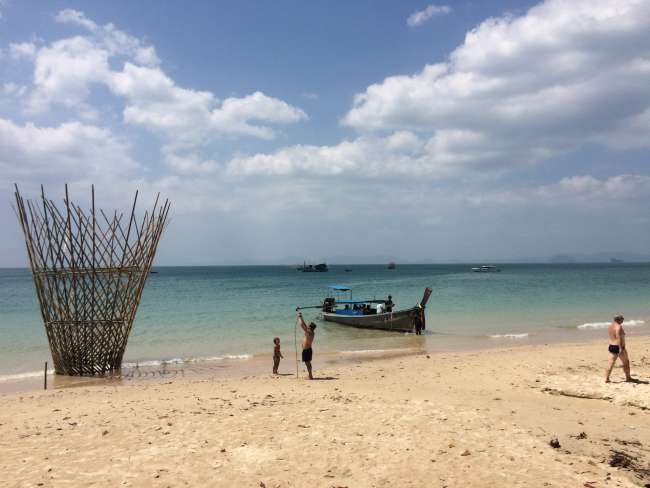
Dagiti report ti panagbiahe Tailandia
